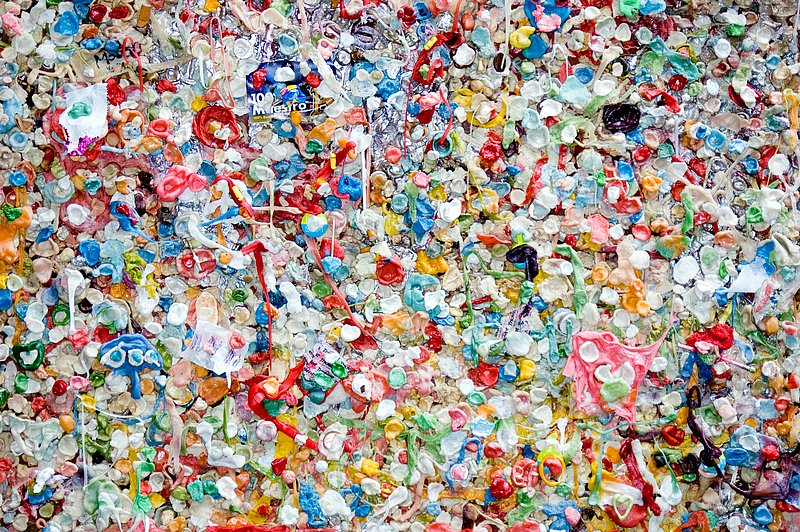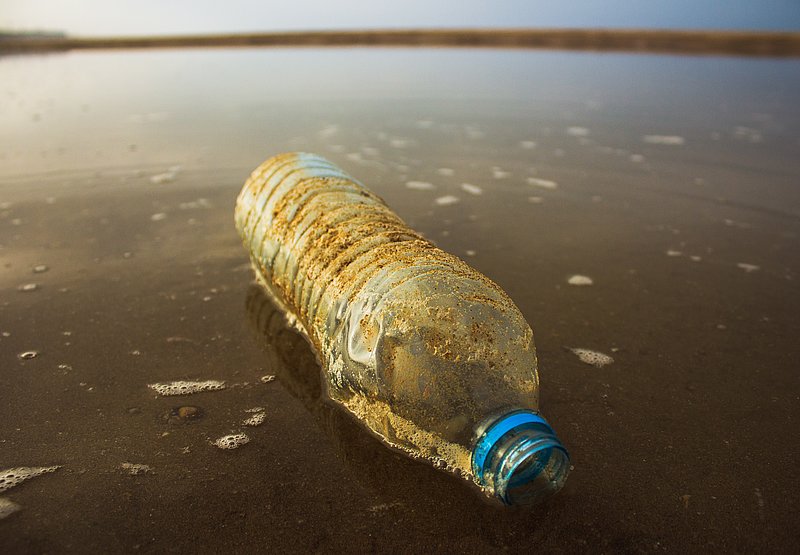Polyethylene terephthalate (PET) is a mass-produced synthetic polyester, used for polyester fibres, films, food packaging and the well-known PET bottles. In 2017, 14 million plastics were produced in Germany alone - the share of PET was 6%. PET thus also contributes in a remarkable way to the accumulation of solid plastic waste and plastic pollution in the environment. Recently, it has become increasingly clear how much biotechnological treatment of plastic waste can act as an environmentally friendly alternative approach to the future plastics cycle economy.
In this publication, Clostridium thermocellum, a thermophilic anaerobic bacterium, was used as a so-called whole-cell biocatalyst to degrade PET. Living organisms that prefer temperatures between 20 and 45°C are called mesophilic - this includes most microorganisms. However, there are also those that prefer higher temperatures: these are called thermophilic. Anaerobic means that the bacterium does not need oxygen for its metabolism. Biocatalysts can accelerate reactions, these are mostly enzymes, but as in this case, whole cells can also be meant. What sounds very abstract here is actually quite easy to explain:



